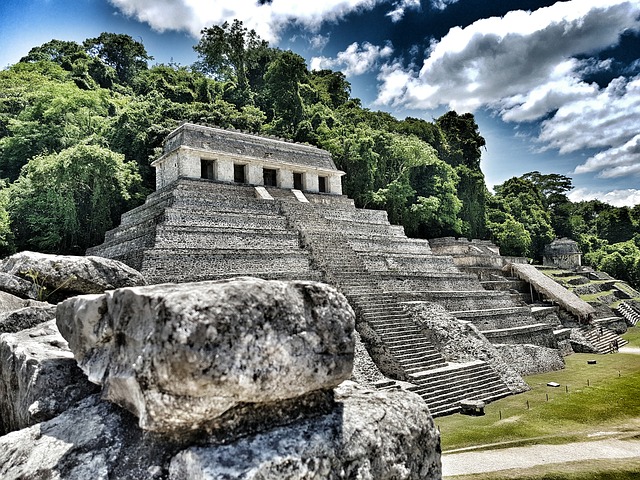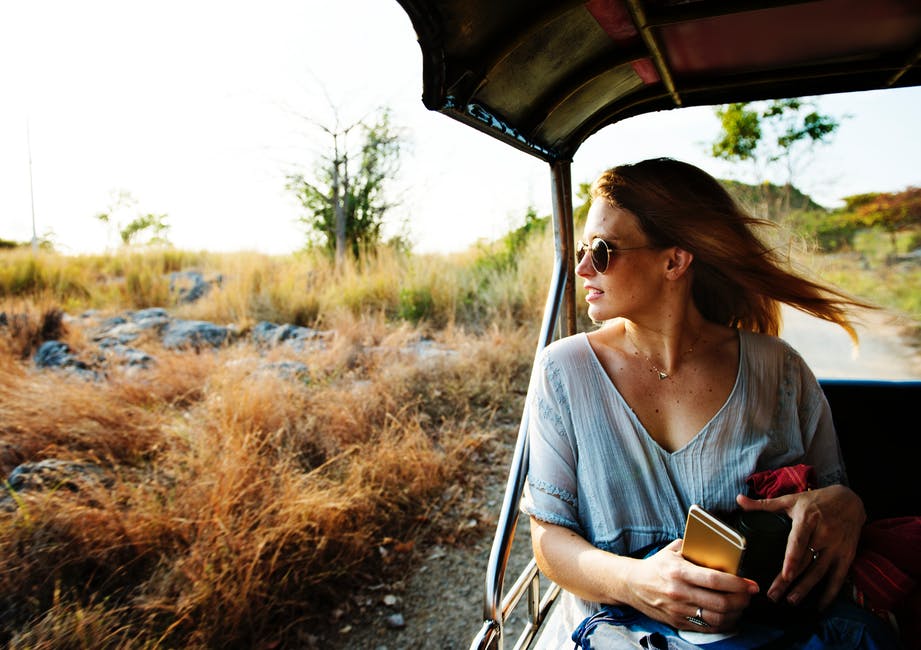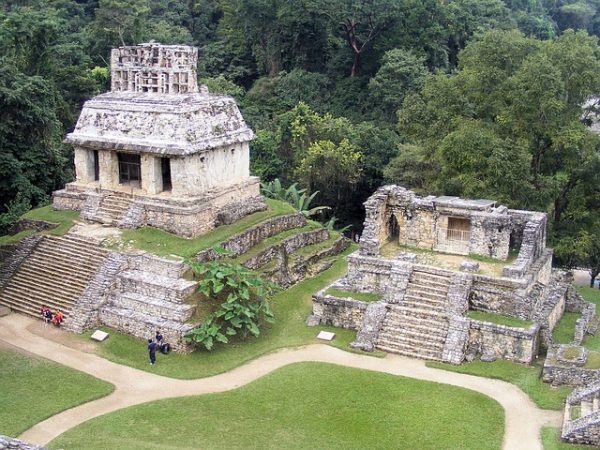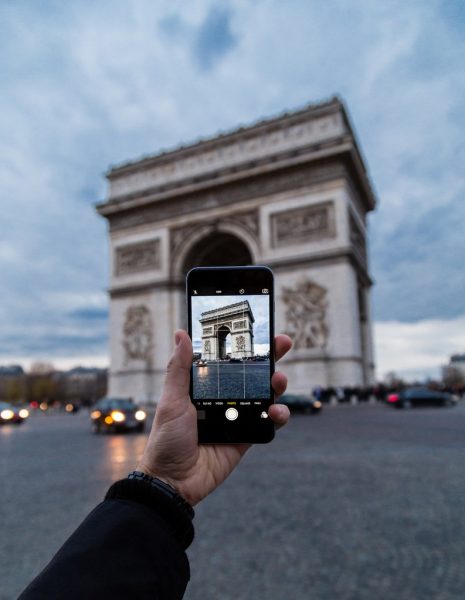Travel Tuesdays: Why do you travel?
We were strolling through the ruins of Palenque, an ancient Mayan site in southern Mexico. All around us, tourists snapped photos, bought trinkets, and marveled at the mysteries exposed before them. We’d been diving into a pretty deep conversation for a while when my travel partner Jacqui posed a big question to me. ‘Why do you travel?‘ In some ways, the question seemed ridiculous in such a setting. I mean, look around yourself. Isn’t this self-explanatory?
But when it comes down to it, it’s not. Ask a hundred travelers why they travel, and you’re liable to receive a hundred different answers. “I travel to see the world” or “I travel to broaden my horizons” come up a lot. Some people travel to “stand in other people’s shoes” or “experience other walks of life.” Hell, some people don’t have an answer and only travel to party and post banging Instagram photos. We all have our reasons.
When you start to sift through the reasons we all leave home, there’s a theme. Jacqui and I passed through a jungle and under towering temples as we whittled away at the issue.
Two types of travel

I remember serving a passing traveler at my bar in Guatemala a month back. She had a lot to say about the inauthenticity of the traveler’s trail. How all the gringos were overrunning the pure Guatemala. She was here to get off the beaten path, to find the real deal. She was a fact finder, a truth seeker, never content to simply see the world, she had to know how it really was.
All around us, Jacqui and I could hear tourists question their guides about the meaning of this rock or the history of that glyph. What did the Mayans mean when they built this temple here? Why did they draw these glyphs? Give us answers.
The way I see it, I told Jacqui, there are two types of travelers.
To know or not to know?
Most people travel to find answers, to learn, and to know more. They use their DSLRs, their tour guides, and their Lonely Planet paperbacks to find the facts. In a way, they see the world through a more powerful lens than I ever will. They see all the sights, learn all the histories, and take every tour.

Then, there are those who travel to find questions, to unlearn, and to know less. They don’t take a guide, don’t study a book, and don’t seek for certainty in a place like Palenque. Jacqui’s question made me realize that although many people travel to learn, I do the opposite. The more I see, the less I know. Perhaps the story the guides are telling these tourists is true. Maybe the Mayans really did offer blood sacrifices to the gods in that bowl atop that massive tower. I’ll never know.
Instead of searching for a certainty the two of us spent the day marveling at what might have been. How might their culture have come to put these stones together? Are we more advanced than them? Did they know things we don’t?
Seeing through others’ eyes
We live in a world intoxicated by the paradigm of progress. Time moves forwards and humanity with it. We are always progressing towards a more connected, more cognizant future. Right?
I can see tourists all around me placing Palenque into this worldview. They lived fifteen hundred years ago. So, we are fifteen hundred years more advanced than them. Our gods are truer, our science is smarter, and our technology triumphs over theirs, obviously. They are gone, and here we are buying cheap trinkets in the gardens of their past.

But how many buildings in your city are more than a hundred years old? If you’re an American, your country isn’t even 250 years old. Palenque is believed to have been a flourishing city for almost a thousand years. That means that this civilization flourished for four times as long as the US has existed and we know virtually nothing about what actually went on in their day to day lives.
Some Mayan cities stood for far longer than Palenque too. Not only that, their temples are still here for us to take selfies on top of more than two thousand years later. Is there any building in your city that will still be around in two thousand years?
Questions or answers?
Now I obviously don’t have any of the answers to those questions. There might not even be answers to all of them. But I do know that traveling is not all about what you can know, what you can see, and what you can post to Instagram.

How do I reconcile my privilege as an American? If I give ten pesos to the man begging on the street, will that help him? Is it more valuable that indigenous Mayan kids receive an education or help their families work their land? What’s the difference between telling someone ‘I love you’ in your language vs. theirs?
I’ll never have the answers to questions like those. But I would never have even known to ask them if I’d stayed home. Whether you travel to find answers or you travel to find questions, one thing’s for certain, you’ll come home with more than when you left.
If you have any comments then please drop us a message on our Outdoor Revival Facebook page
If you have a good story to tell or blog let us know about it on our FB page, we’re also happy for article or review submissions, we’d love to hear from you.
We live in a beautiful world, get out there and enjoy it. Outdoor Revival – Reconnecting us all with the Outdoors.





